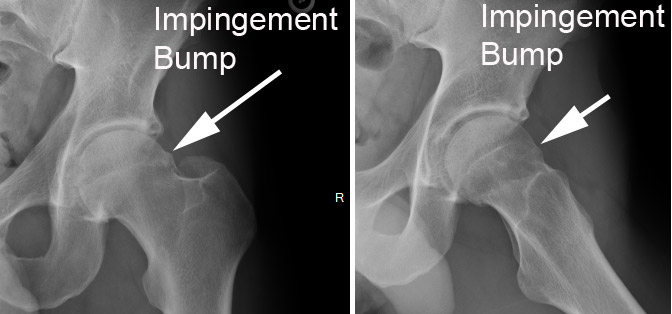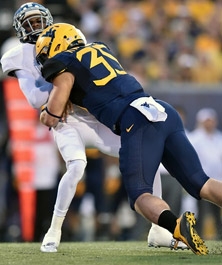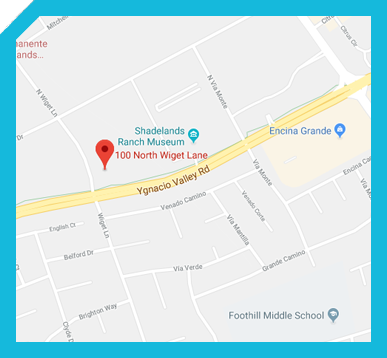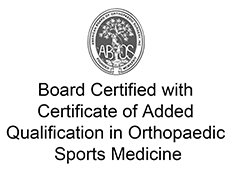
Like many joints in the body, the hip joint is a “ball and socket” system. The femoral head is the round top of the thigh bone that fits into the acetabular socket. For this system to work, the parts need to work together flawlessly, and there must be sufficient cartilage within the socket to promote smooth movement.
There are two types of hip impingement, “cam” type and “pincer” type. As a simplification, cam type is when the femoral head is too large for the socket and pincer type is when the socket is too deep. When either or both of these situations exist, the hip can become damaged with routine activities, leading to pain and loss of function.
Symptoms and Solutions

The treatment for hip impingement include medications such as anti-inflammatories, as well as injections into the joint. If these measures are not successful, arthroscopic hip surgery may be very helpful in examining the joint under magnification and repairing any injuries to the joint.
In addition to pain, common symptoms include a feeling of stiffness in the hip or thigh, diminished range of motion, and discomfort in the hip, lower back or groin that persists even while resting. We diagnose hip impingement with a physical exam, range-of-motion tests as well as specialized X-ray, MRI or CT scan images.
For more information on the causes and treatment of hip impingement, please request an appointment with Dr. Amir Jamali. Call or email Joint Preservation Institute today to schedule your visit to our Sacramento or Walnut Creek office.








 Hip (Femoroacetabular) Impingement
Hip (Femoroacetabular) Impingement 







